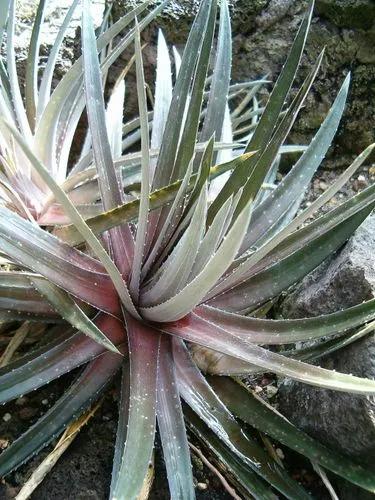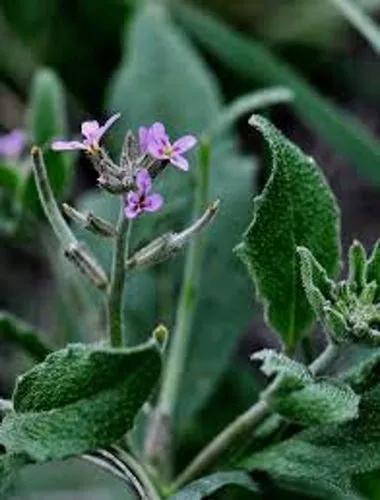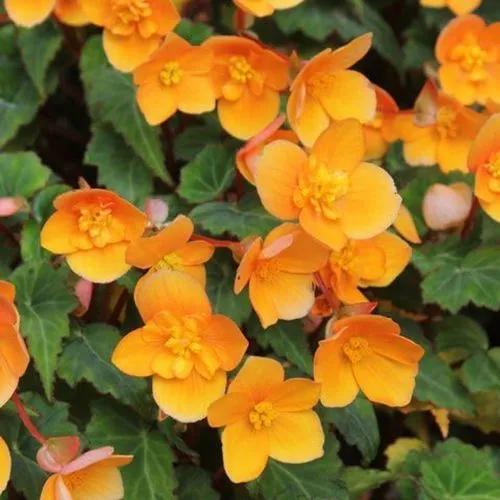Green Onions are a great vegetable to have around every time you want to add some extra flavor to your dishes, and they are also easy to grow on your own. You don't need to be an experienced gardener to grow your own green onions, and they can be used in a lot of forms, making them a vegetable that you can use all year round.
Green Onion Care
Allium fistulosum



The Green Onion plant actually grows in three steps, giving you three forms from which you can choose depending on your needs. First come the scallions, the plant's youngest forms, allowing you to use both the bulbs and the leaves. Then, the actual Green Onions have an older bulb that is not so frequently used in the kitchen but has great, mild-tasting leaves to give your dishes that spring flavor. The last form of the Green Onion plant is the spring onion, which has leaves of a stronger taste and will boost the flavor in any recipe. The Green Onion plant usually grows up to 1-3 feet tall (30-90 cm) and is a perennial plant, meaning that you can harvest it for several years after planting.
How to Care for the Plant

Water

Keep the soil moist but constantly, but don't overwater the plant, as this might lead to root rot. Regular rainfall should be enough if you plant your Green Onions in the soil or even an irrigation system. If you want to go fancy with your garden, just make sure your plant is not set in a spot with water accumulation. Water them deeply, so the water actually gets to the roots. Remember to water them in the morning to allow the leaves to dry up, so they don't attract disease or pests.

Pruning

Don't stress the Green Onion plant before it is actually time for harvesting. You may cut affected leaves if there are any, but don't move them around too much. Harvesting time is when the plant forms its white bulbs about the size of a pencil. You can take out the whole plant, or you can only cut the leaves; however, wait with the leaves cut until the bulb is formed and the plant reaches maturity.

Fertilizer

Make sure your soil is fertile enough for healthy plant development. You can add organic, slow-release compost deep into the soil to help the plant grow. A fertilizer that is rich in nitrogen will give your Green Onions a great boost to stay green and thriving.

Sunlight

Sun all day long is the way to go about your Green Onion plants. Plant them in a spot where they can get at least 6 hours of daily sun. They don't mind if they are kept in a bit of a partial shade either, but the sun should reach them throughout the growth period.

Soil

Use loamy soil with a balanced pH level. Avoid planting them in clay soil, as this might be a tricky option regarding water levels. If this type of soil dries out, the growth rhythm of the plant will likely be affected. Alternatively, if you do not pay attention to the watering schedule, clay soil might lock in too much moisture, and the plant will develop a disease.

Propagation

Don't use all the bulbs of your Green Oniongreen onions; keep some for propagation! This is the easiest way to grow a new plant. Plant them in late fall in the soil and simply wait for spring, when they will start to grow as new, independent plants.
Another alternative is to propagate the plant by separation. Simply take a mature plant and divide it, making sure both parts have healthy roots attached, then plant it in moist soil and water the new plant well, so you encourage its roots to strengthen in the soil.

Temperature

In order to germinate, Green Onions need a temperature of at least 45 °F (7 °C), but a warmer environment will do them better. If you have your green onions planted outside, add a protective layer to lock in the warmth levels of the soil. Good temperature range for the plant is 68º to 77ºF (20-25 ºC).

Container

You can choose to grow the Green Onion plant in a pot or directly in the garden's soil. If you grow them in pots, choose a container that does not retain moisture and has drainage holes, so the plant does not get waterlogged. Don't worry about repotting, as long as you choose a large enough container from the beginning, as the root system of the Green Onion does not run too deep. If you plant Green Onions in the garden, plant them at ¼ inches deep (0.5 cm). Plant them about 8-10 weeks before the last frost to ensure proper harvesting later in the next year.

Fun fact

Green Onions traveled with time, as the first mention of the plant dates back to around 206 BC in the Chinese herbal text Shen Nong Ben Cao Jing. No wonder they stayed around for so many years, being packed with multiple vitamins and health benefits beyond simply adding them to your dish for a splash of green.

Popularity

5,658 people already have this plant 1,006 people have added this plant to their wishlists

Common pests

The Green Onion plant can have them all: aphids, thrips, cutworms, onion maggots, onion nematodes, and slugs, but they are all easy to spot and get rid of. Use strong water pressure on the plants to blow them away from the plant or, if they continue to feel like home on your onions, rub the plant with neem oil to make sure they are gone for good.

Frequent diseases


Botanist’s tips

Discover more plants with the list below
Related articles






